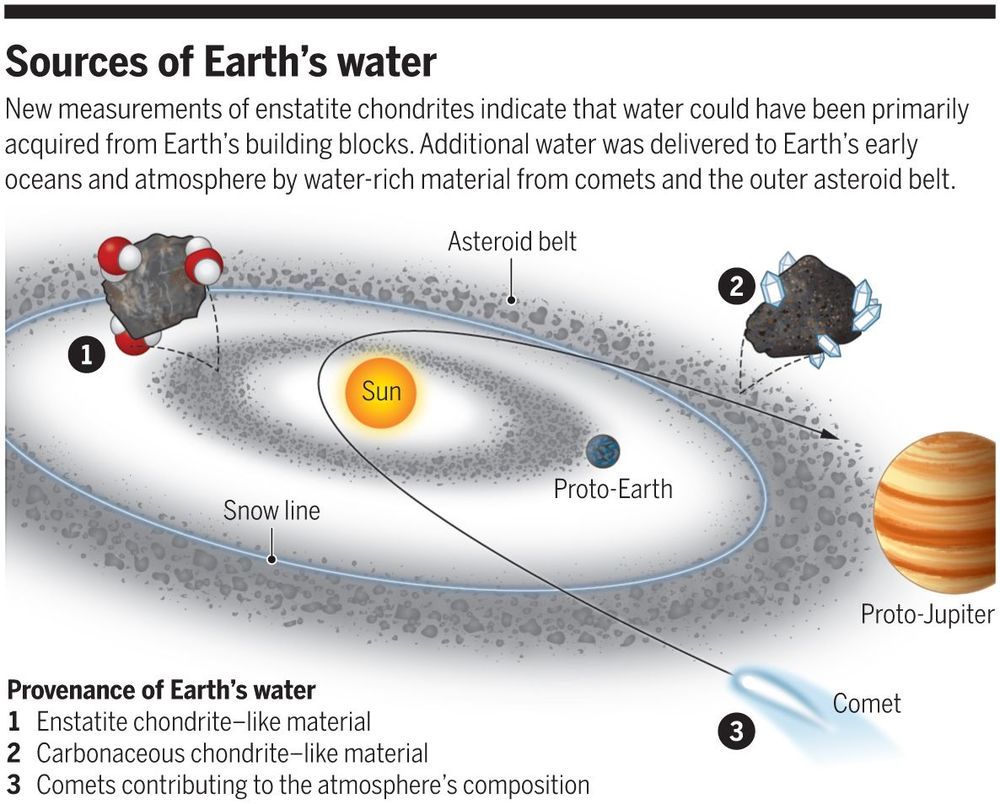
Category: space


Full moon that happens only once every 3 years to brighten sky this week
KANSAS CITY, Mo. (WDAF) — A full moon with a special name given only once every three years will rise this week, according to the Farmer’s Almanac.
The Corn Moon is a full moon that rises in September. The September full moon is usually called the Harvest Moon because it is normally the closest full moon to the autumn equinox.
Every third year, however, a full moon comes in October that’s even closer, making the September full moon a Corn Moon.

China’s Mars mission tests instruments on its way to the Red Planet
China’s Tianwen-1 spacecraft is performing well on its cruise to Mars and is preparing for its second trajectory correction maneuver, according to the China National Space Administration (CNSA).
By Aug. 19 at 11:20 a.m. EDT (1520 GMT), the spacecraft, which includes an orbiter, lander and rover, was 5.11 million miles (8.23 million kilometers) away from Earth and operating normally, according to CNSA.


The origins of water
Our blue planet having water seems such a simple and obvious fact that the question of why Earth has water at all feels like a trivial one. However, the origin of this key ingredient for life has remained a long-standing topic of debate. According to models of Solar System formation, Earth, as an inner Solar System planet, should have little to no water. On page 1110 of this issue, Piani et al. ([ 1 ][1]) analyze enstatite chondrite meteorites, a material similar to Earth’s main building blocks, and address the origins of Earth’s water.
Early models of planetary formation predicted that the nebular gas near our young Sun was too hot to form ice.

First Physics-Based Method for Predicting Large Solar Flares
Solar flares emit sudden, strong bursts of electromagnetic radiation from the Sun’s surface and its atmosphere, and eject plasma and energetic particles into inter-planetary space. Since large solar flares can cause severe space weather disturbances affecting Earth, to mitigate their impact their occurrence needs to be predicted. However, as the onset mechanism of solar flares is unclear, most flare prediction methods so far have relied on empirical methods.
The research team led by Professor Kanya Kusano (Director of the Institute for Space-Earth Environmental Research, Nagoya University) recently succeeded in developing the first physics-based model that can accurately predict imminent large solar flares. The work was published in the journal Science on July 31, 2020.
The new method of flare prediction, called the kappa scheme, is based on the theory of “double-arc instability,” that is a magnetohydrodynamic (MHD) instability triggered by magnetic reconnection. The researchers assumed that a small-scale reconnection of magnetic field lines can form a double-arc (m-shape) magnetic field and trigger the onset of a solar flare (Figure 1). The kappa scheme can predict how a small magnetic reconnection triggers a large flare and how a large solar flare can occur.


New materials developed that are as light as aerogel, yet 10,000 times stronger
Circa 2017
Imagine materials strong enough to use in building airplanes or motor cars, yet are literally lighter than air. Soon, that may not be so hard to do because a team of researchers from MIT and Lawrence Livermore National Laboratory (LLNL) have developed new ultra-lightweight materials that are as light as aerogel, but 10,000 times stiffer, and may one day revolutionize aerospace and automotive designs.
Aerogels are incredibly light, so light that the record holder, aerographene, boasts a density of just 0.16 mg/cm3. Currently, aerogels are used for insulation, tennis racquets, as a means of controlling oil spills, and were used on the NASA Stardust mission to collect samples from a comet’s tail. Unfortunately, despite its seemingly ephemeral nature, its very much a solid and will shatter if pressed hard enough, so its use is limited.
The new materials developed by the MIT/LLNL team aren’t aerogels, but are metamaterials. That is, artificial materials with properties that aren’t found in nature. The idea is to structure it, so that it has the lightness of aerogel, but is much stronger. The strength of the new materials comes from their geometric structure, not their chemical composition.

Here comes the Army’s first laser battalion
The Defense Department expects to stand up its first battalion of Stryker vehicles outfitted with high-powered laser weapons by some time next year, Army officials say.
“Expect to have the first battalion fielded in 2021 with four battalions by 2023,” U.S. Army Space and Missile Defense Command chief Lt. Gen. Dan Karbler told the audience at the virtual Space Missile Defense symposium on Tuesday.
The so-called “laser battalion,” as Defense One described it, would eventually deploy the new 50 kw Directed Energy-Maneuver Short-Range Air Defense (DE-MSHORAD) Stryker that the Army is working to field by 2022, a ten-fold power increase over the 5 kw-class system that artillery soldiers have been testing in Germany since early 2018.

This Week At NASA
This week:
🚀 The first piece of NASA’s Orion Spacecraft #Artemis III pressure vessel arrived in New Orleans
👩🏿🚀 Astronaut Jeanette Epps is assigned to The Boeing Company’s Starliner crewed mission
🌀 Hurricane Laura observed from space.